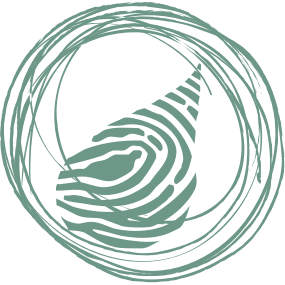On the back of preparing the Biodiversity and Agricultural Natural Capital Emergency Preparedness and Response Plan for the Avon River Basin, Wheatbelt NRM staff joined a recent webinar capturing the latest expert advice on the likelihood of the high pathogenicity avian influenza (HPAI) H5N1 reaching Australia.
Oceania is the only region on earth not currently impacted by the deadly (HPAI) H5N1. Experts from the University of Melbourne, Wildlife Health Australia and the Threatened Species Commissioner are predicting that the virus could land in Australia as early as this spring and there is little, we can do to prevent it.
An outbreak of the virus will be catastrophic for our local wild bird populations and the poultry industry. Our greatest defence will be emergency planning and early detection – so please read on to raise your awareness of the disease and learn how you can contribute to reducing the impact of this potential biosecurity emergency in our region.
The most likely vector for entry into Australia is through migratory shorebirds and seabirds and the entry point could be anywhere these birds arrive from their long-distance migrations. Therefore, the most heavily impacted species will be among birds that use water (black swans are particularly badly affected) but assume that any bird that comes into contact with the virus is susceptible, including raptors that predate or scavenge on infected animals. Moreover, the virus can be readily transferred to mammals, so it is imperative that you take precautions to minimise contact with infected animals.
While huge population loses, up to 40% in some species, are predicted based on the experience of other countries currently battling this problem, early and humane euthanasia along with carcass management are considered the most effective methods to slow the disease spread. Rehabilitation is not a viable option as the prognosis for survival in infected animals is unfortunately very low. In exceptional circumstances, where a population is an extremely vulnerable threatened species, preventative capture and vaccines may be considered to protect the species.
Grass-roots surveillance will be one of the most effective management actions we can all get involved in. Report birds you think may be affected by calling the Emergency Animal Disease Hotline 1800 657 888 and record the time, date and location of your sighting. The signs of the virus include neurological signs (such as incoordination, paralysis, tremors, seizures, poor neck control and arching), respiratory signs (conjunctivitis, laboured breathing, open mouth breathing and panting), diarrhoea, sudden death and mass mortality (more than 5 birds in a cluster).
As a community member, do not attempt to capture or handle dead and dying birds without first gaining expert advice. Some practical tips to manage spread to domestic animals include:
-
Health monitoring to assist in early detection of any flock problems.
- Purchase birds from reputable sources.
- Minimise contact with wild birds or other animals.
- Minimise non-essential visitor contact with domestic and aviary birds.
- Keep new flock introductions separate for 2 to 3 weeks after arrival.
- Chlorinate drinking water from a dams, rivers and rainwater to make it safe.
- Protect stored food sources.
For more resources on getting prepared for avian influenza outbreaks, go the following:
DAFF Biosecurity Training Centre: https://www.agriculture.gov.au/biosecurity-trade/policy/australia/biosec...
AUSVETPLAN: https://animalhealthaustralia.com.au//wp-content/uploads/2023/10/AUSVETP...
WHA HPAI Risk Mitigation Toolboxes: https://wildlifehealthaustralia.com.au/Incidents/Incident-Information/hi...
Published eNews #394, Sept 2024


